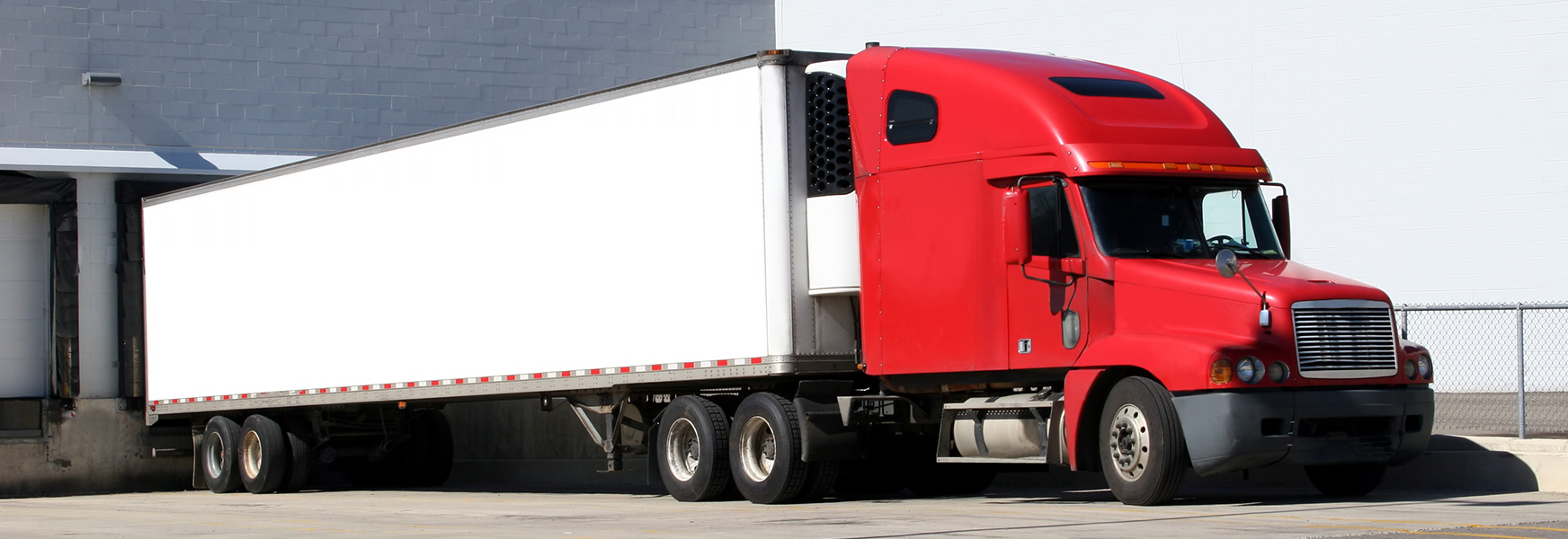Clearing Up The Question Of Chocking Em Up At The Loading Dock

There’s cargo coming in and freight going out at a fast and furious pace in Shipping & Receiving. With deadlines and commitments and no possibility to make time stand still, oftentimes drivers are eager and itching to leave the dock to hit the road with trailer in tow to their next destination. The pressure is on then for the transfer of goods from facility floor to trailer bed, or vice versa, in order to disengage the parking brakes and roll on out. But wait, is just setting the tractor brakes the only safety measure needed to prevent movement of trucks and trailers during loading and unloading with transfer vehicles such as forklifts and handtrucks? The answer depends on whether or not the trailer is a commercial motor vehicle (CMV).
So, what is a commercial motor vehicle? The U.S. Department of Transportation defines a CMV as the following:
“commercial motor vehicle” means a self-propelled or towed vehicle used on the highways in interstate commerce to transport passengers or property, if the vehicle--
(A) has a gross vehicle weight rating or gross vehicle weight of at least 10,001 pounds, whichever is greater;
(B) is designed or used to transport more than 8 passengers (including the driver) for compensation;
(C) is designed or used to transport more than 15 passengers, including the driver, and is not used to transport passengers for compensation; or
(D) is used in transporting material found by the Secretary of Transportation to be hazardous under section 5103 of this title and transported in a quantity requiring placarding under regulations prescribed by the Secretary under section 5103 .
In turn, the Federal Motor Carrier Safety Administration (FMCSA) has established braking regulations in 49 CFR Part 393, Subpart C that do not stipulate wheel chocking for commercial motor vehicles. Therefore, FMCSA regulations, in the case of a CMV, preempt OSHA’s chocking requirements which are enforceable for non-CMV’s in their Powered Industrial Trucks standard as follows:
The brakes of highway trucks shall be set and wheel chocks placed under the rear wheels to prevent the trucks from rolling while they are boarded with powered industrial trucks.
Brakes shall be set and wheel blocks shall be in place to prevent movement of trucks, trailers, or railroad cars while loading or unloading. Fixed jacks may be necessary to support a semitrailer during loading or unloading when the trailer is not coupled to a tractor. The flooring of trucks, trailers, and railroad cars shall be checked for breaks and weakness before they are driven onto.
OSHA provides clarification on their authority to enforce wheel chocking relative to the CMV matter in a letter of interpretation. Additionally, OSHA views the use of a mechanical means to secure trucks or trailers to a loading dock via a dock lock restraint system as a de minimis violation when it provides equivalent protection to wheel chocks in their absence. For more information on wheel chocking, check out these OSHA standard interpretations. For more information on transportation safety, check out these MEMIC Safety Net blogs.

